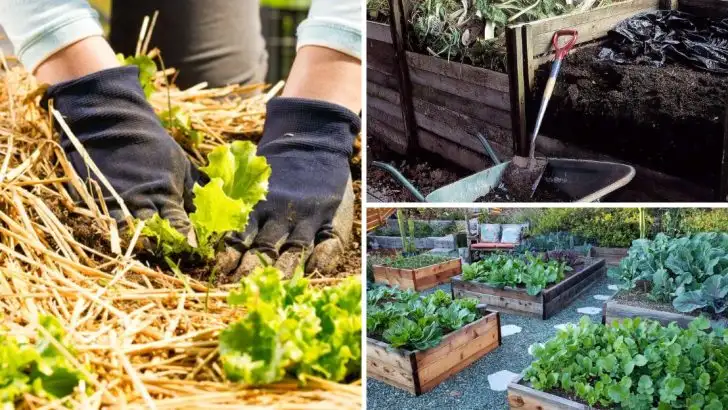Some garden beds seem to dry out faster than you can grab the watering can. You give the soil a good soak, step away for a day, and it’s bone dry again—cracked, crumbly, and not doing your plants any favors. It’s frustrating, especially when you’re doing all the “right” things and still watching your garden struggle.
The good news is, there are plenty of ways to slow down water loss and help your soil hold onto moisture a bit longer. It might take a bit of experimenting, but with a few small tweaks—some more obvious than others—you can create a setup that doesn’t leave your plants parched two hours after watering.
Add Organic Mulch
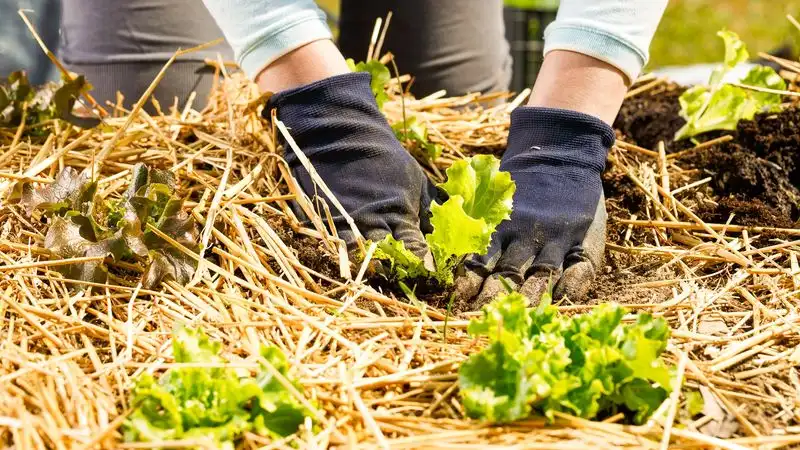
Imagine your garden wrapped in a cozy blanket, keeping moisture locked in. Organic mulch, such as straw or wood chips, acts as this protective layer, reducing evaporation and keeping soil cooler. These materials decompose over time, enriching your soil with nutrients. This simple yet effective technique can dramatically improve moisture retention, especially in hot climates. Additionally, mulching can suppress weeds and encourage beneficial organisms to thrive. If you’re aiming for a thriving garden, adding organic mulch is a step you can’t skip.
Incorporate Compost

Compost is like a magic potion for your soil, enhancing its ability to hold moisture. Rich in organic matter, compost improves soil structure and increases its water-holding capacity. By regularly incorporating compost, you not only help retain moisture but also provide essential nutrients to your plants. This practice leads to healthier, more resilient crops. Composting is an eco-friendly solution that recycles garden waste, turning it into a valuable resource. Whether you’re a seasoned gardener or a beginner, adding compost can transform your gardening experience.
Use Water Retentive Polymers
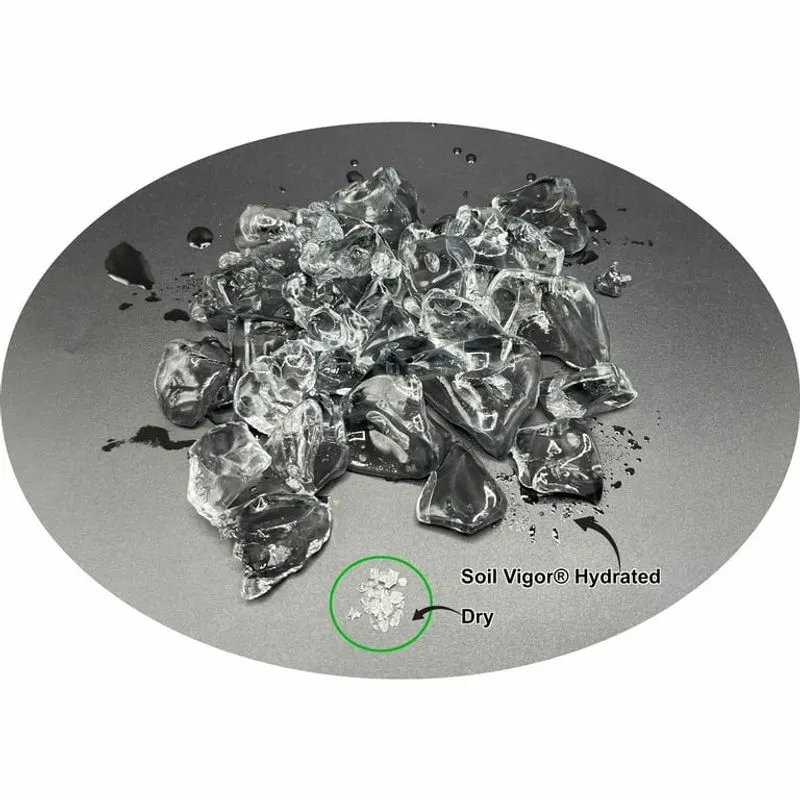
Water retentive polymers are like tiny sponges, ready to soak up water and release it as needed by plants. These innovative particles can hold several times their weight in water, making them an excellent addition to your garden soil. When mixed into the soil, they provide a steady supply of moisture to plant roots, reducing the frequency of watering. Ideal for containers and raised beds, these polymers can be a game-changer in maintaining consistent soil moisture. Embrace this modern solution to give your plants a fighting chance against drought.
Create Raised Beds
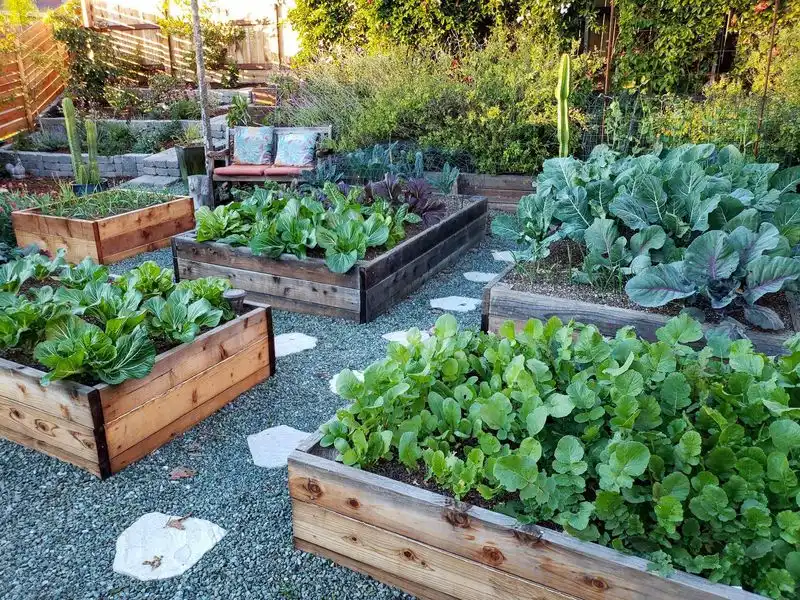
Raised beds offer an elevated gardening experience, both literally and figuratively. By lifting soil above ground level, you enhance drainage and prevent water from draining away too quickly. This method allows you to control soil composition and moisture levels more effectively. With greater control, you can ensure that your plants receive the right amount of water. Raised beds also warm up faster in spring, extending your growing season. For those struggling with quick-drying soil, creating raised beds is a versatile solution worth exploring.
Implement Drip Irrigation

Drip irrigation is the precise art of watering plants directly at their roots, minimizing water wastage. This system delivers water slowly and consistently, allowing soil to absorb it effectively without runoff. Ideal for gardens large or small, drip irrigation is efficient and conserves water. By targeting the roots, it ensures that plants receive the moisture they need without oversaturating the soil. Installing a drip irrigation system can significantly enhance your garden’s moisture retention, making it an eco-friendly choice for any gardener.
Plant Cover Crops
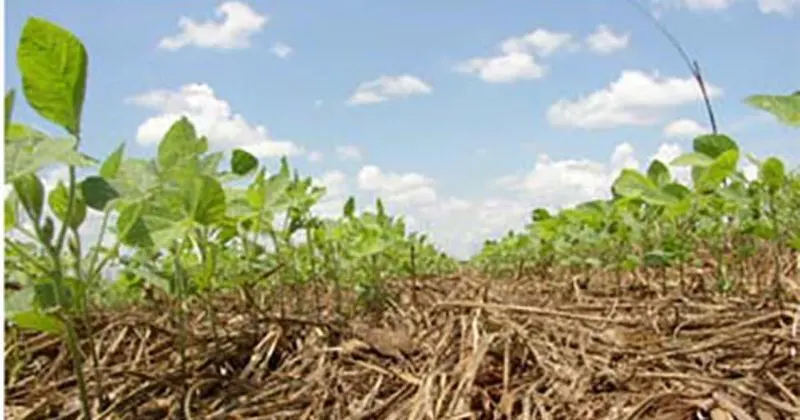
Cover crops are like nature’s shield for your soil, protecting it from erosion and moisture loss. These plants, such as clover or vetch, act as a living mulch, shading the soil and reducing evaporation. As they grow, cover crops improve soil structure, enhancing its ability to retain water. Once plowed under, they add organic matter, further boosting soil health and moisture capacity. For a sustainable approach to moisture management, planting cover crops is both practical and beneficial for your garden ecosystem.
Use Shade Cloths
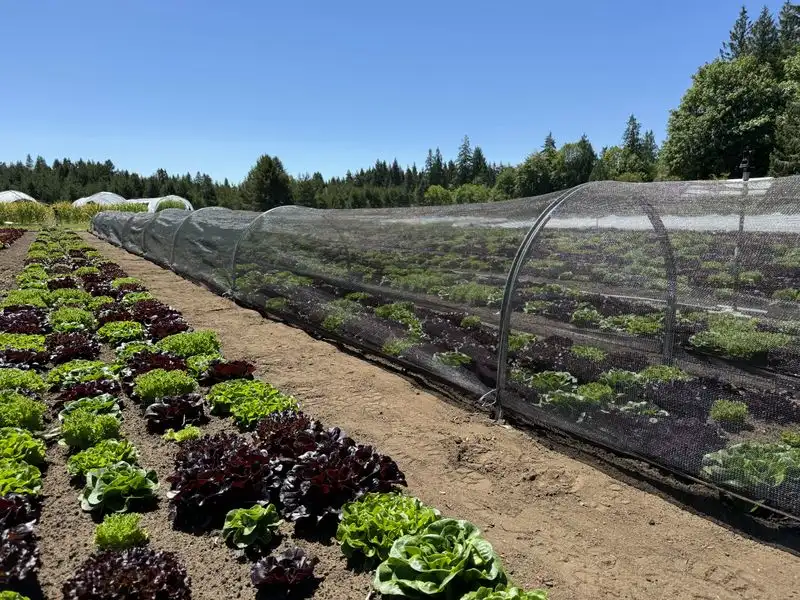
Shade cloths offer your garden a reprieve from the relentless sun, reducing soil temperature and evaporation. By draping these cloths over your plants, you create a microclimate that conserves moisture and protects delicate plants from scorching heat. This simple yet effective solution can be tailored to different sizes and shapes, making it versatile for any garden. Not only do shade cloths help retain moisture, but they also shield plants from harmful UV rays. With shade cloths, you control the environment, giving your garden the best chance to flourish.
Apply Soil Moisture Retention Agents
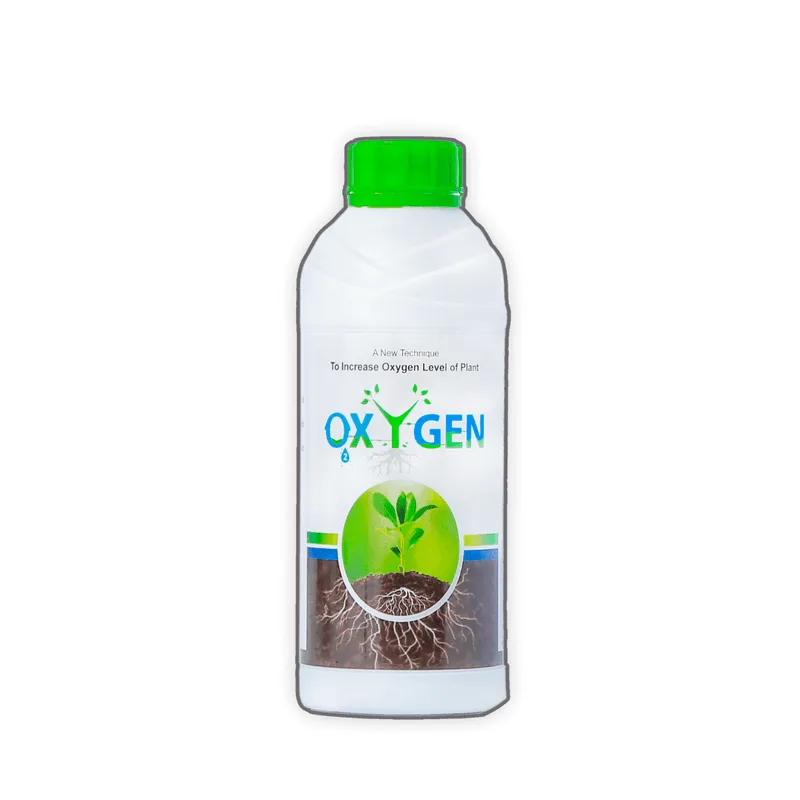
Moisture retention agents are like insurance for your garden, ensuring soil stays hydrated longer. These agents, often made from natural ingredients, enhance soil’s ability to hold water. When applied, they create a gel-like barrier that minimizes evaporation. Ideal for sandy and porous soils, these agents can transform your garden’s water management. By using soil moisture retention agents, you provide a buffer against dry spells, ensuring plants remain healthy and vibrant. This method offers peace of mind and a more sustainable gardening approach.
Install Windbreaks

Windbreaks are nature’s barrier against drying winds, safeguarding your soil’s moisture levels. By planting trees, shrubs, or constructing fences, you can reduce wind speed, minimizing evaporation. Windbreaks not only protect soil moisture but also create a more stable microclimate for your plants. These barriers can enhance pollination by providing shelter for beneficial insects. For areas prone to strong winds, installing windbreaks is a sustainable solution that benefits both your garden and the surrounding environment.
Use Cover Materials
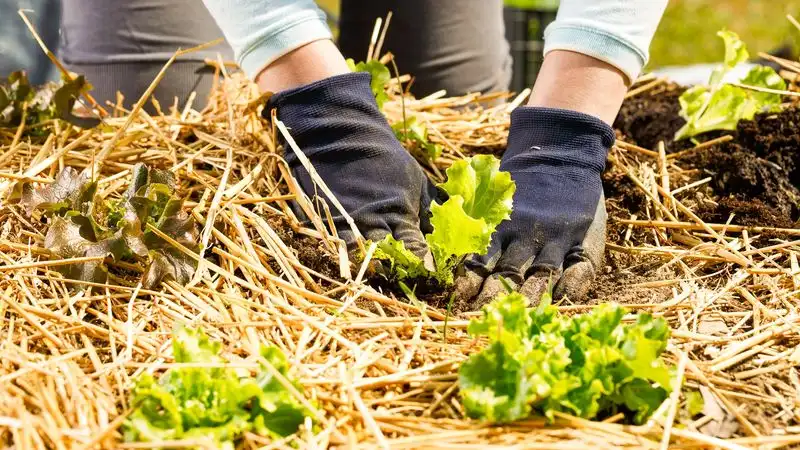
Cover materials, like straw and leaves, are nature’s answer to maintaining soil moisture. By layering these on top of your garden soil, you create a protective barrier against the sun and wind. This technique reduces evaporation and keeps soil temperature consistent. As cover materials decompose, they enrich the soil with nutrients, enhancing its structure and fertility. Ideal for vegetable gardens and flower beds, using cover materials is a simple yet effective way to improve moisture retention and soil health.
Create Swales
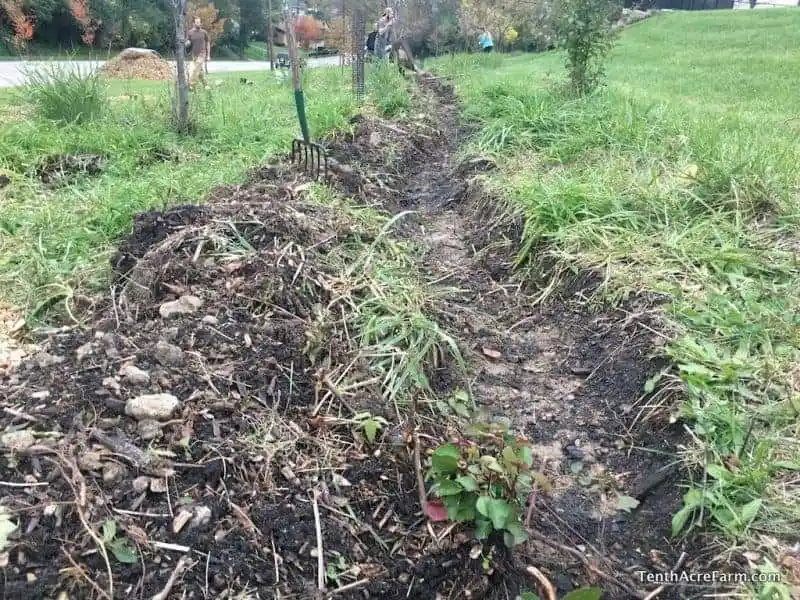
Swales are strategic ditches that capture and distribute water across the landscape, enhancing garden moisture. These shallow, wide channels follow the land’s contour, redirecting rainwater into the soil rather than letting it run off. Swales help infiltrate water deeply, replenishing underground aquifers and improving soil hydration. Perfect for sloped gardens, they prevent erosion and support healthy plant growth. By implementing swales, you harness rainwater efficiently, turning a dry landscape into a thriving oasis.
Enhance Soil with Clay
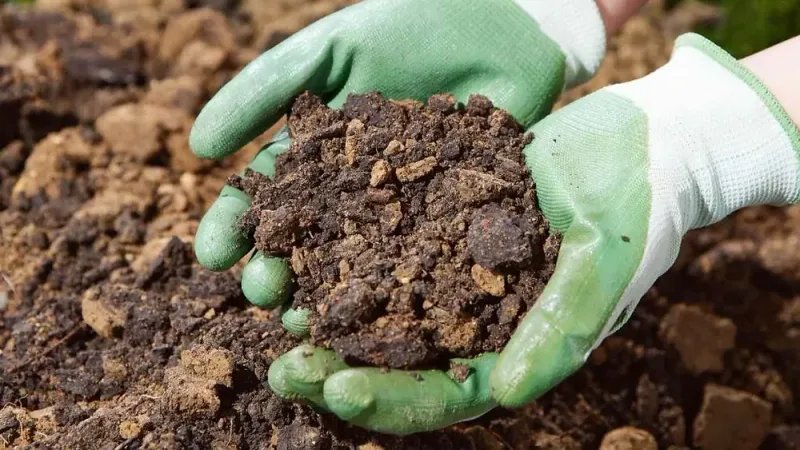
Clay’s unique properties make it a valuable addition to sandy or poor soils. Its fine particles help improve soil’s water-holding capacity, preventing it from drying out too quickly. Mixing clay into your garden soil can enhance its texture and ability to retain moisture. This modification is especially beneficial for arid regions where retaining water is a challenge. By balancing the soil’s composition with clay, you create an environment where plants can access consistent moisture, promoting robust growth and resilience.
Mulch with Stones

Stones as mulch might seem unconventional, but they offer unique benefits for moisture retention. Unlike organic materials, stones do not decompose, providing long-lasting soil protection. They absorb and radiate heat, maintaining consistent soil temperatures. Stones also prevent weed growth and reduce evaporation by shielding soil from direct sunlight. Ideal for xeriscaping or drought-prone areas, stone mulching enhances garden aesthetics while supporting moisture retention. Embrace this durable approach to keep your garden flourishing against the odds.

